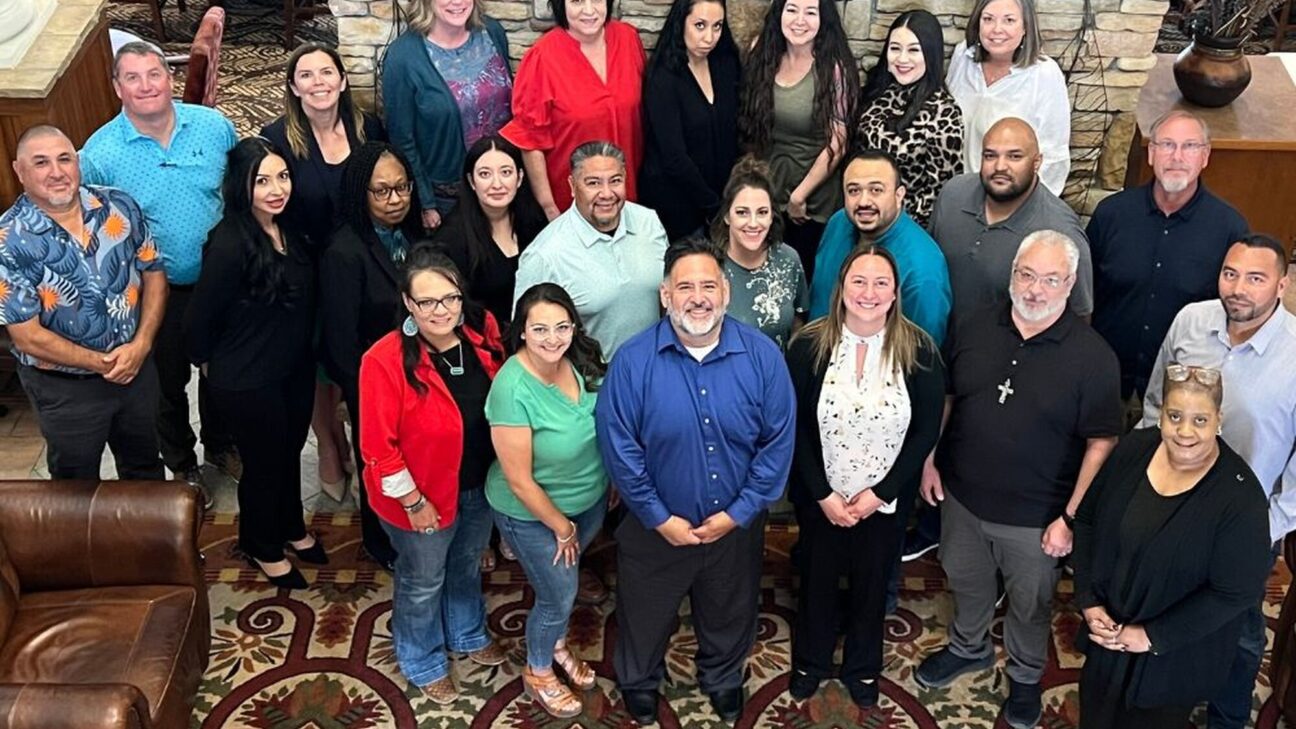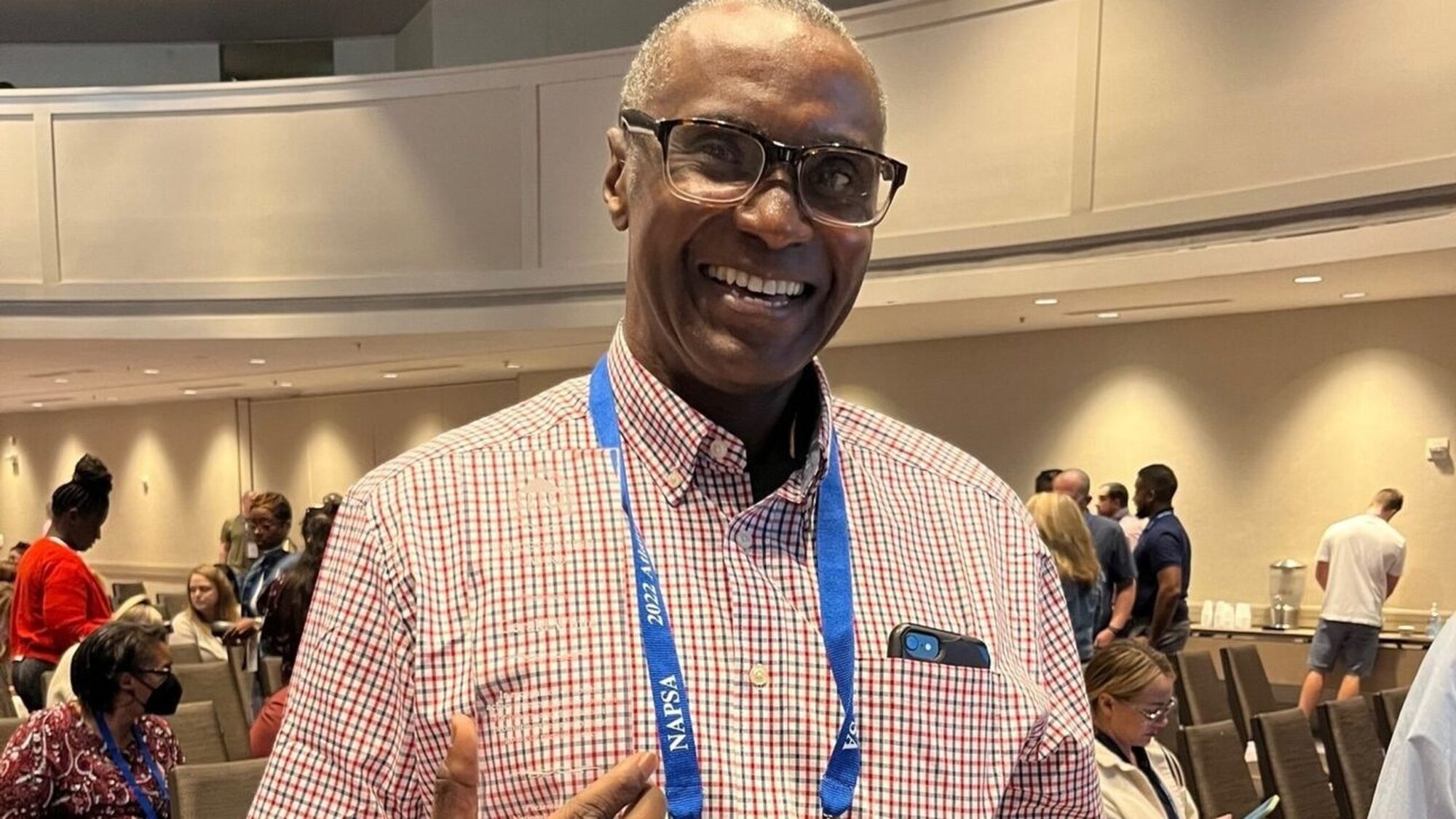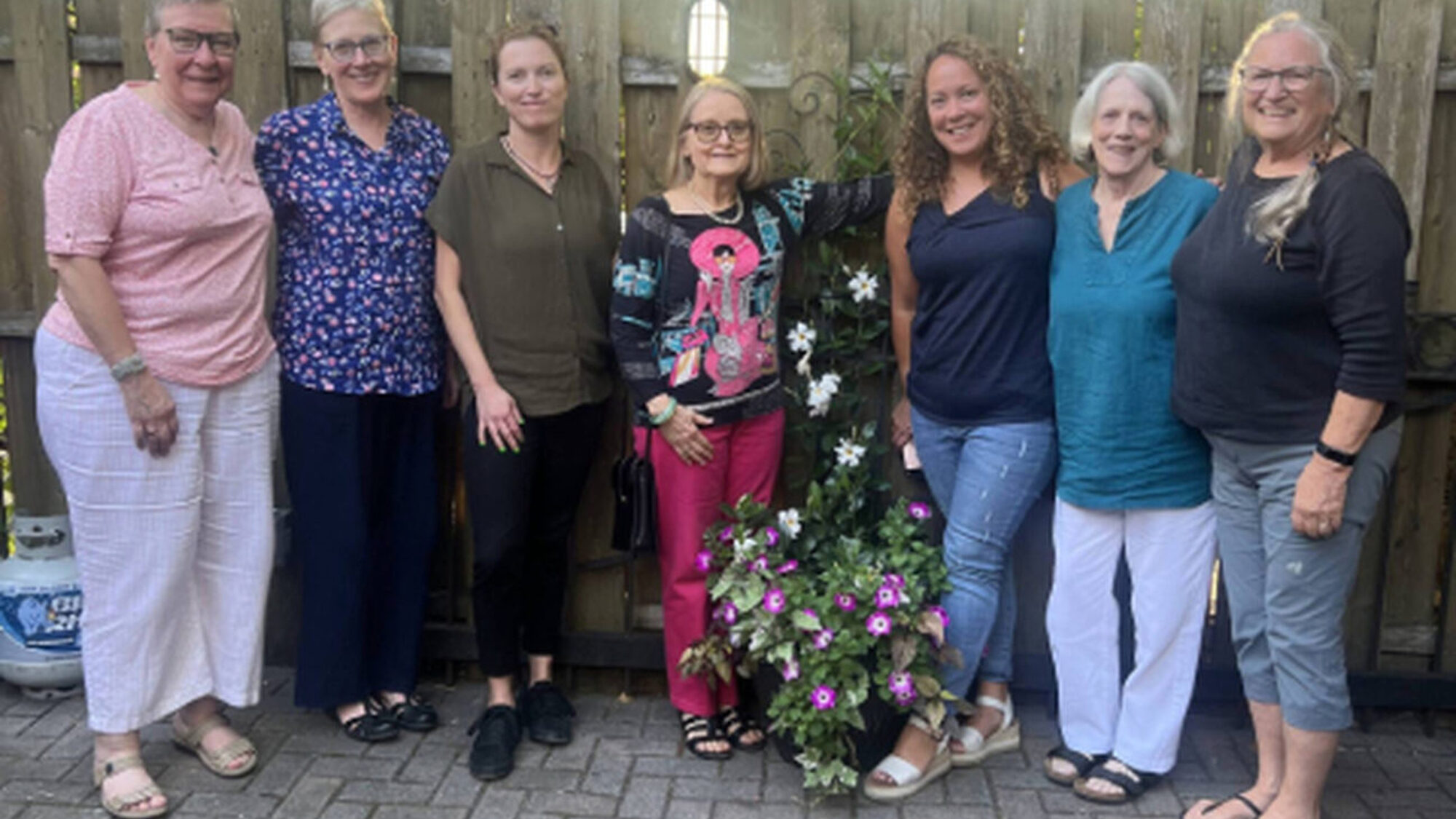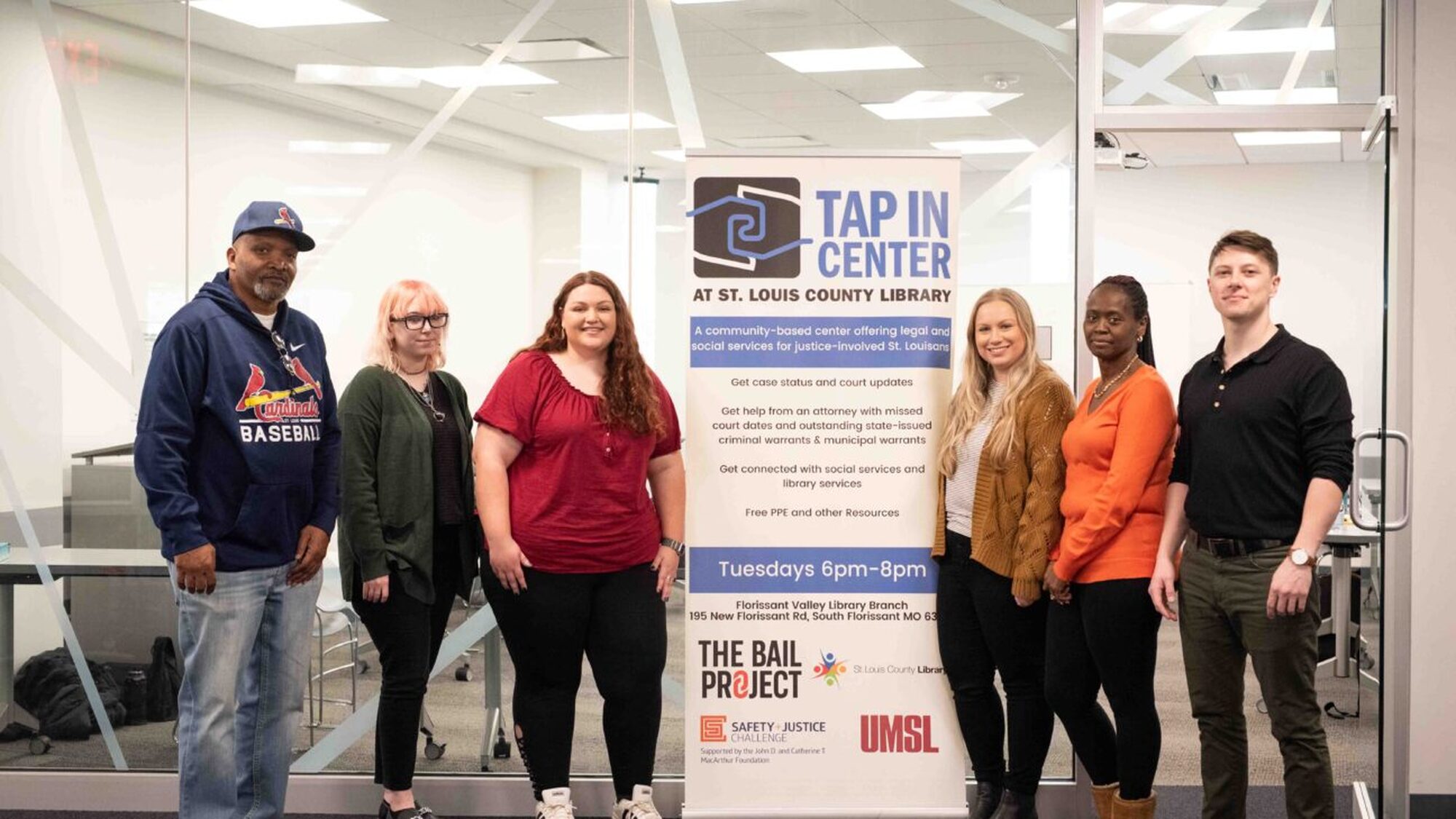“The Highest Incarceration Rate”
The urgency to transform the pretrial system in New Orleans was clear. In 2010, the city’s average daily jail population was roughly 3,500, and it had the highest incarceration rate of any urban jurisdiction in the country—more than four times the national average. [1] Black residents were jailed at dramatically disproportionate rates, despite New Orleans being a majority Black city with majority Black officials. And the community perceived that, relative to other cities, there were high rates of violent crime that necessitated detention when, in fact, this was true only for homicides. [2] The pretrial detention system was money-based by design.
The influence of the bail bond industry led to state law [3] that effectively required judges to impose financial conditions of release in most cases. [4] Perhaps unique to Louisiana, a portion of all money bonds posted funded the courts, district attorney’s office, sheriff’s office, and public defense. Almost no one was released pretrial without having to pay money up front, most of it nonrefundable. Of course, many could not pay the price of pretrial liberty and remained detained.

The Challenge of Working Within the System
In 2007, the Vera Institute of Justice (Vera) began convening various working groups to advance local reforms. Vera’s invitation to work in New Orleans was the result of advocacy by a small group of nonprofits and informal community organizations seeking a new, better path in the delivery of criminal justice.
Under the umbrella of the Criminal Justice Leadership Alliance (CJLA), the working groups Vera convened operated almost exclusively with elected officials and justice system stakeholders. But opposition to changing the pretrial system’s reliance on financial conditions was fierce so overincarceration was addressed through other means.
Over the next three years, the New Orleans City Council enacted a series of municipal ordinances that resulted in police substantially increasing the use of summonses instead of custodial arrests for municipal misdemeanor offenses. The police also began to make arrests under the municipal code, instead of the state code, and to use summonses for those arrested. [5] An additional important policy change by police and the district attorney’s office resulted in a reduction in the delay between arrest and the decision whether to prosecute from more than 60 days to five days in victimless cases.
But by 2010, it was clear these efforts were insufficient. New Orleans was refilling jail beds emptied by the catastrophic flooding following Hurricane Katrina in 2005, and the sheriff’s office unveiled a plan for a 5,800-bed replacement jail—raising concerns among some stakeholders that the size of the jail would further entrench a culture of presumptive detention and reliance on financial conditions. To shift the public dialogue and the culture, community support was needed. Community members could speak to the harms caused by the status quo. And they could most authentically articulate community values, including their vision of safety and well-being.
Opening the Door to Community
Vera brought the jail plan to the attention of community members, some of whom, including formerly incarcerated leaders, were already active in justice reform efforts. And the Orleans Parish Prison Reform Coalition (OPPRC), which was founded in 2004 but sat dormant, reengaged in 2010. Their message was that the city could not afford—from humanitarian and fiscal standpoints—to continue current rates of incarceration. They pushed for construction of an alternative new jail facility with 1,438 beds rather than the proposed 5,800 beds. In early 2011, after hearing from a mayoral working group—which included community members—the city council accepted their recommendation.
In 2012, Vera gathered a second group of community stakeholders to advocate directly for pretrial justice, including a shift to nonfinancial release conditions and a city-supported pretrial services program. The development of pretrial services was considered essential to New Orleans’s pretrial improvement process. Effective pretrial justice systems minimize unnecessary detention, respect the principle that “liberty is the norm,” and implement practices that support people’s court appearances and safeguard community safety.
However, the challenges to these reforms were significant. The bail bond industry claimed that being required to purchase a bail bond contributed to safety. This claim ran contrary to empirical research, which shows the positive benefits when people are not in jail during the pretrial period and are able to continue to work, attend school, and maintain their housing and family caretaking responsibilities—all without being saddled with debt to purchase one’s freedom. Yet, the bail bond industry played into public fear by casting pretrial release without money as a “get-out-of-jail-free card for criminals.” Even decision makers trying to make objectively sound decisions found transforming the city’s pretrial practices a tough sell.
To shift the public dialogue and the culture, community support was needed. Community members could speak to the harms caused by the status quo. And they could most authentically articulate community values, including their vision of safety and well-being.
The Power of Community
Pretrial justice could not have advanced as it did without public participation. Community members rallied and testified and raised signs. They helped policymakers and the community understand that money-based pretrial practices failed community safety and penalized poverty. They also helped councilmembers see that it was financially possible to increase pretrial services: future jail cost savings as a result of the smaller jail size could be reinvested in pretrial supports. A $100,000/year matching grant from an influential local foundation to support community-based supervision of people released pretrial also helped on the financial front.
Beyond these achievements, in 2016, a coalition led by OPPRC successfully persuaded the city council to bar money-based detention in the municipal criminal court. And, although city officials could not mandate practices in the state criminal court—the source of most pretrial detention—the court took note. Judges began releasing many more people on recognizance and agreed to review the financial conditions of release of people still detained a week after their initial appearance.
Expanded Court Funding
In 2018, the mayor and council expanded annual funding for the court to replace the revenue it was losing by limiting the requirement that people purchase bail bonds. This eliminated the financial incentives of the money-based system for the court.
Today, community groups continue to lead a range of justice system improvement efforts, from operating a community bond fund to advocating for improved conditions in jail to pressing for more mental health treatment outside the jail’s walls. Largely because of their voices, by mid-April 2021, New Orleans’s jail population had dropped below 800—a 77 percentage reduction in the number of people incarcerated compared to when the community’s work began in 2010.
Patience and Humility
Bringing people together—whether system stakeholders, community representatives, or both—necessarily means working to build bridges and trust, find common ground, and achieve consensus around specific policy and practice changes and the steps to implement them successfully. This work, which is sometimes challenging and usually messy, requires a fierce commitment to engage in an adaptive change process and a healthy dose of humility and patience.
In 2018, the mayor and council expanded annual funding for the court to replace the revenue it was losing by limiting the requirement that people purchase bail bonds. This eliminated the financial incentives of the money-based system for the court.
Engaging Member Organizations
Every community needs to identify the type of engagement and the community partners that work best. In New Orleans, Vera worked mostly with member organizations but also engaged civic leaders respected and trusted by public officials.
The organizations included faith-based groups and groups seeking racial, ethnic, and economic justice. They brought key logistical advantages: they were experienced in direct action, could rally significant numbers of people, and supported members’ needs, such as by holding evening meetings. These meetings took place in the groups’ spaces—church basements, nonprofit offices—where all participants spent months teaching and learning about each other. The following questions were asked to seek consensus on a shared focus:
- What might a community-centered approach to pretrial practices look like?
- Who benefits from a system that detains those who are poor, rather than those who are a danger to others?
- Who’s in jail and why and how many need to be?
- What does each group care most about: faith, racial or economic justice, good government?
- What matters most to families most impacted by the system?
- What do people with lived experience in the justice system have to say about systemic practices as well as their own experiences?
- What should we focus on as a coalition and what are our bottom lines?
Member organizations brought determination to the effort. Their voices countered those who claimed to represent the interests of poor and working-class Black communities but who, in reality, were fighting to maintain the status quo.
About the Author
Jon Wool opened Vera’s New Orleans office in spring 2008 and directed its work until 2017, when he became director of justice policy, a position he held until 2020. This involved working with government and community leaders on collaborative approaches to improving adult criminal justice practice, especially through a reduction in the overuse of detention and eliminating the system’s reliance on money paid by people arrested. After practicing as a public defender for five years, Jon started working at Vera in 2002 on efforts to improve public defense systems and serving as senior counsel to the Commission on Safety and Abuse in America’s Prisons, among other roles.






